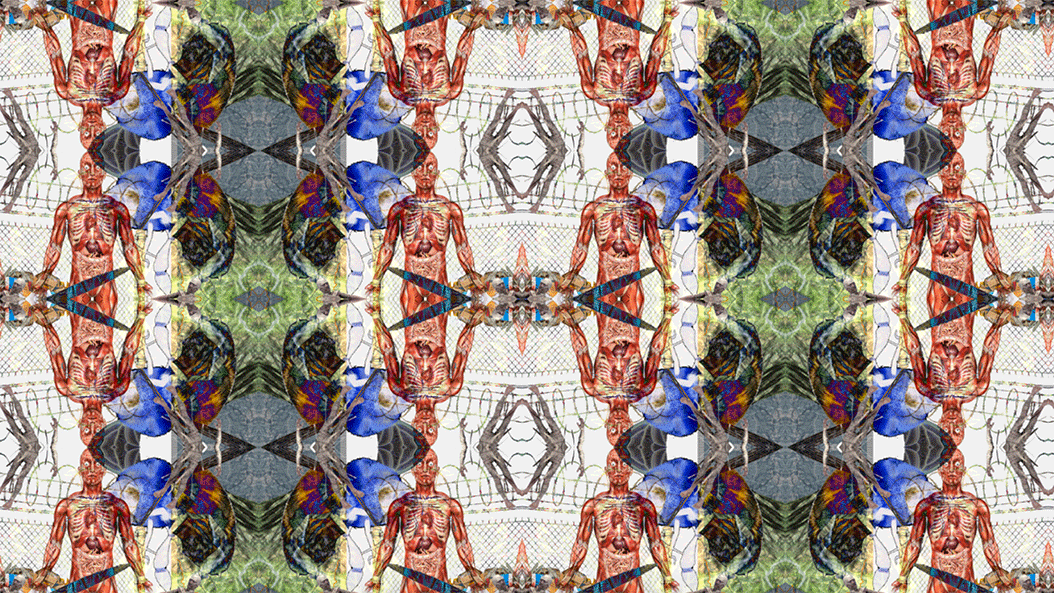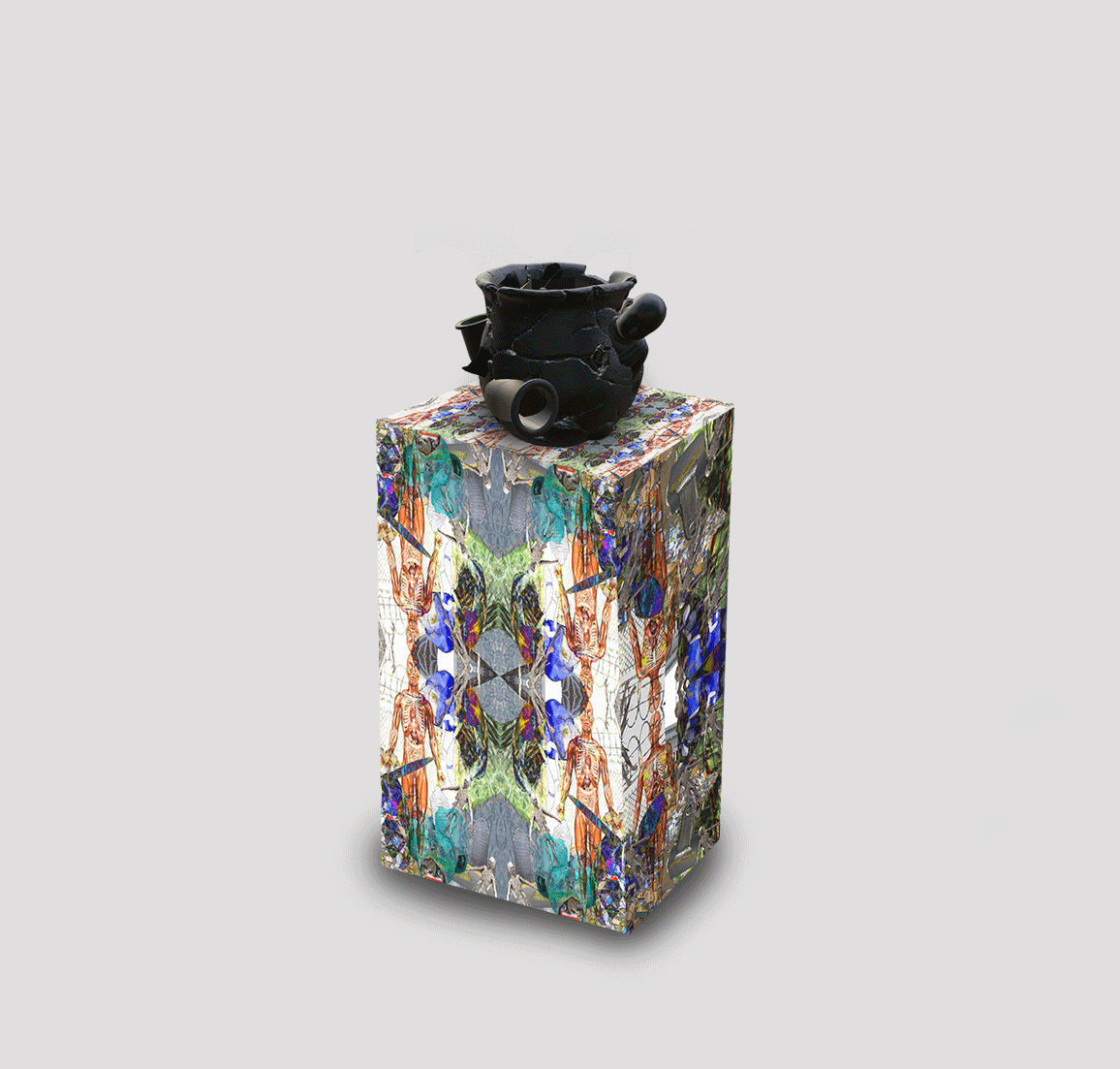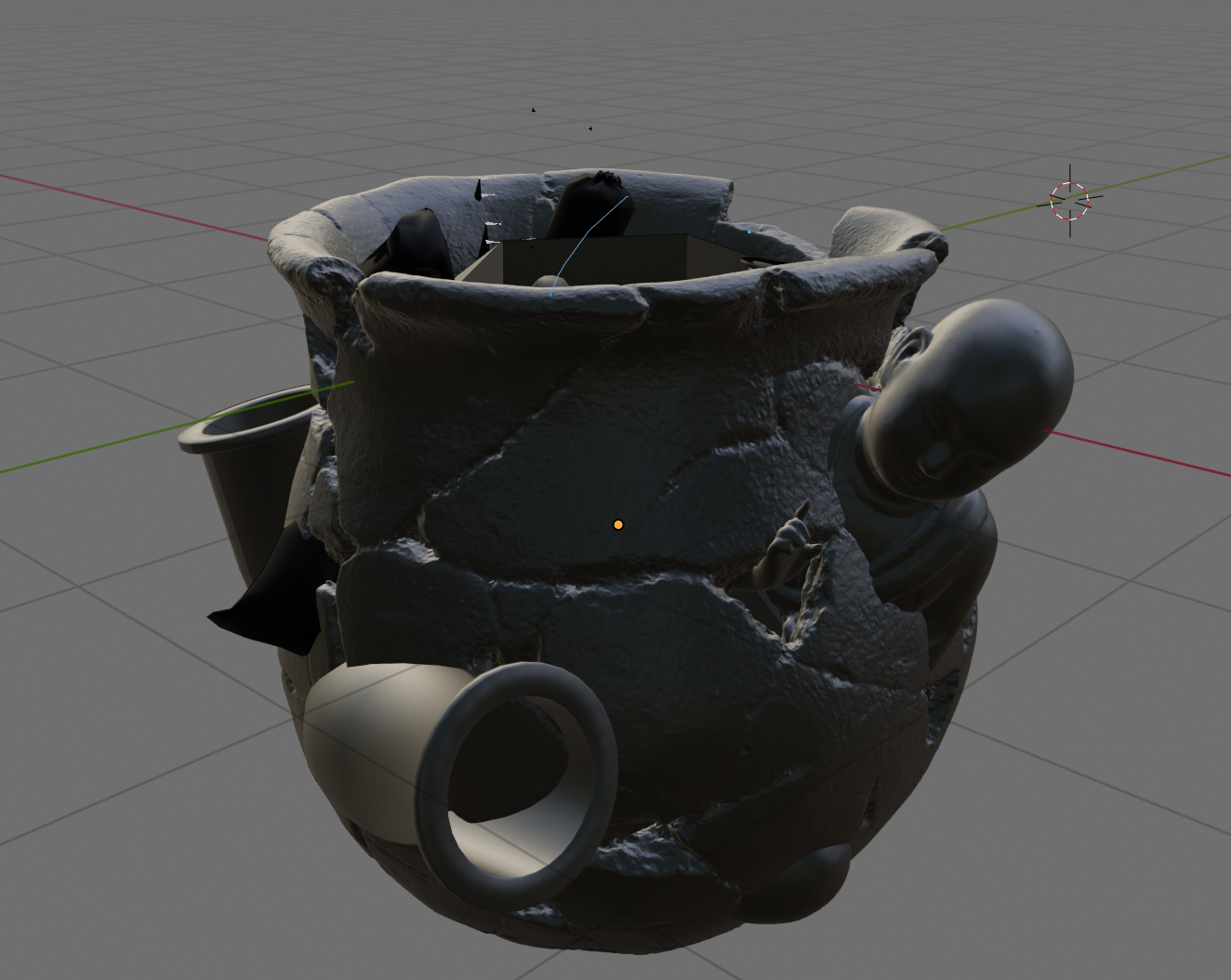HD, color, stereo, 10:30min., 2019
+
Purgatorio 6
3D printed object(PLA), print on wood, 30x30x140
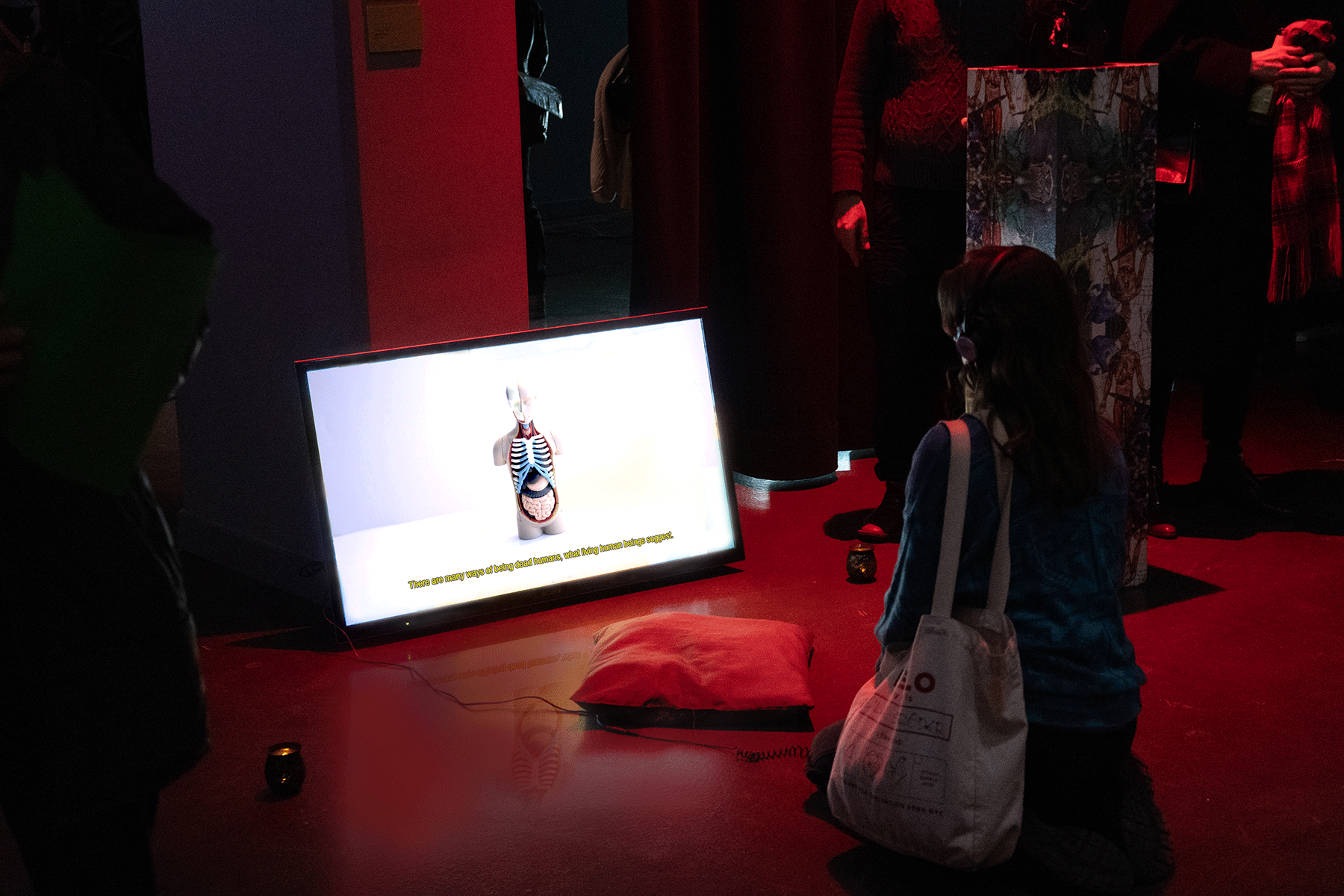
Installation view/Strange things (photo: Isak Han)
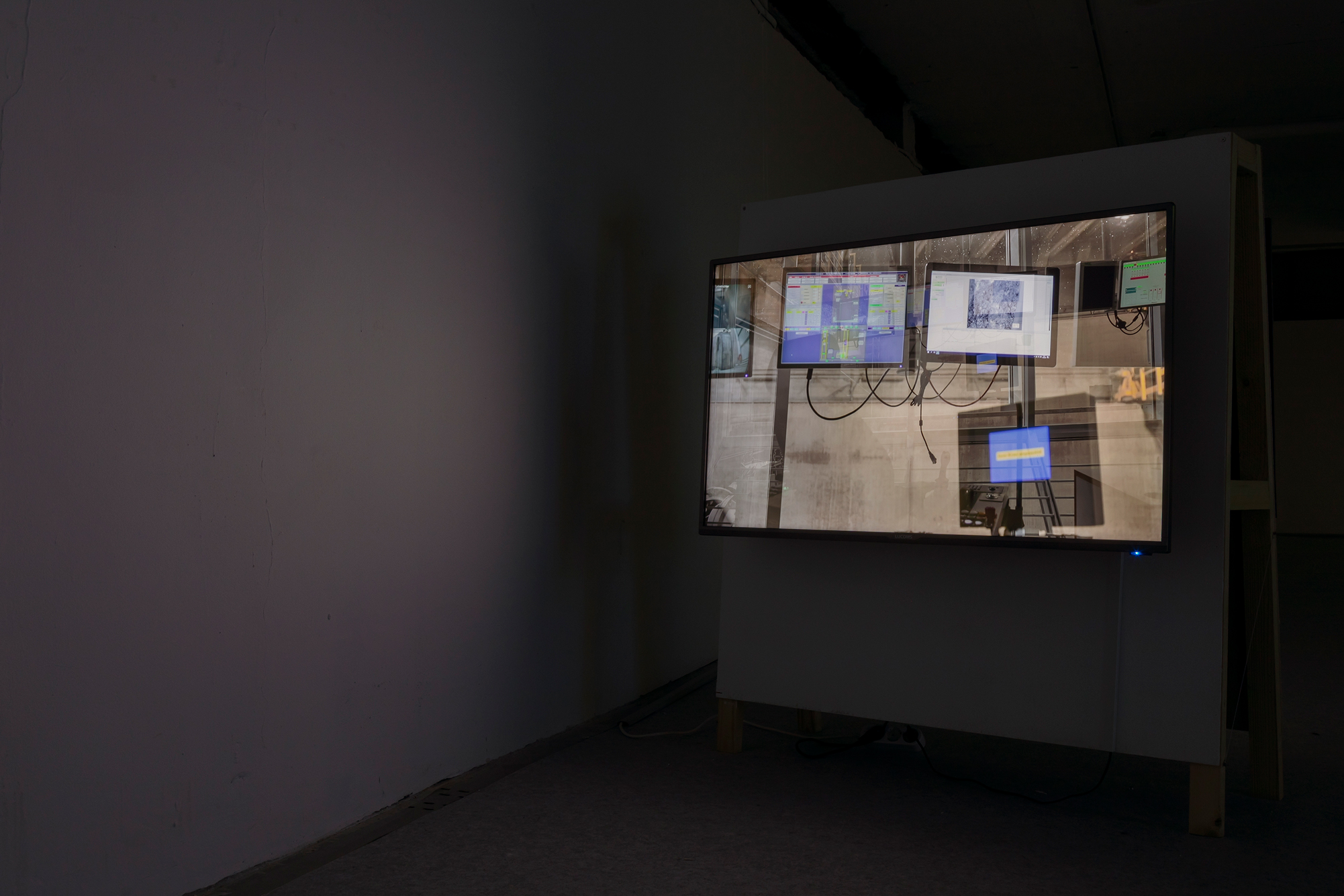
Installation view/ 14th Busan International Video Art Festival
The anthropology of dead body investigates the dead body across different symbolic orders which is a peculiar matter located between human and nonhuman, material and immaterial, the precious and the abandoned among living humans. Staging pseudo-educational documentary, the film raises questions about the nature of categorization and focuses on the discrimination engendered from the hierarchy of the binaries.
The narration adopting extreme simplicity and naivité creates ruthless categorization and paradoxically emphasizes contingency. Is it not because we really detest and fear a certain matter, but because we know that the matter and the person we despise are, in fact, parts of ourselves and that they will always come back to us?
*Support from IRI THESys Berlin
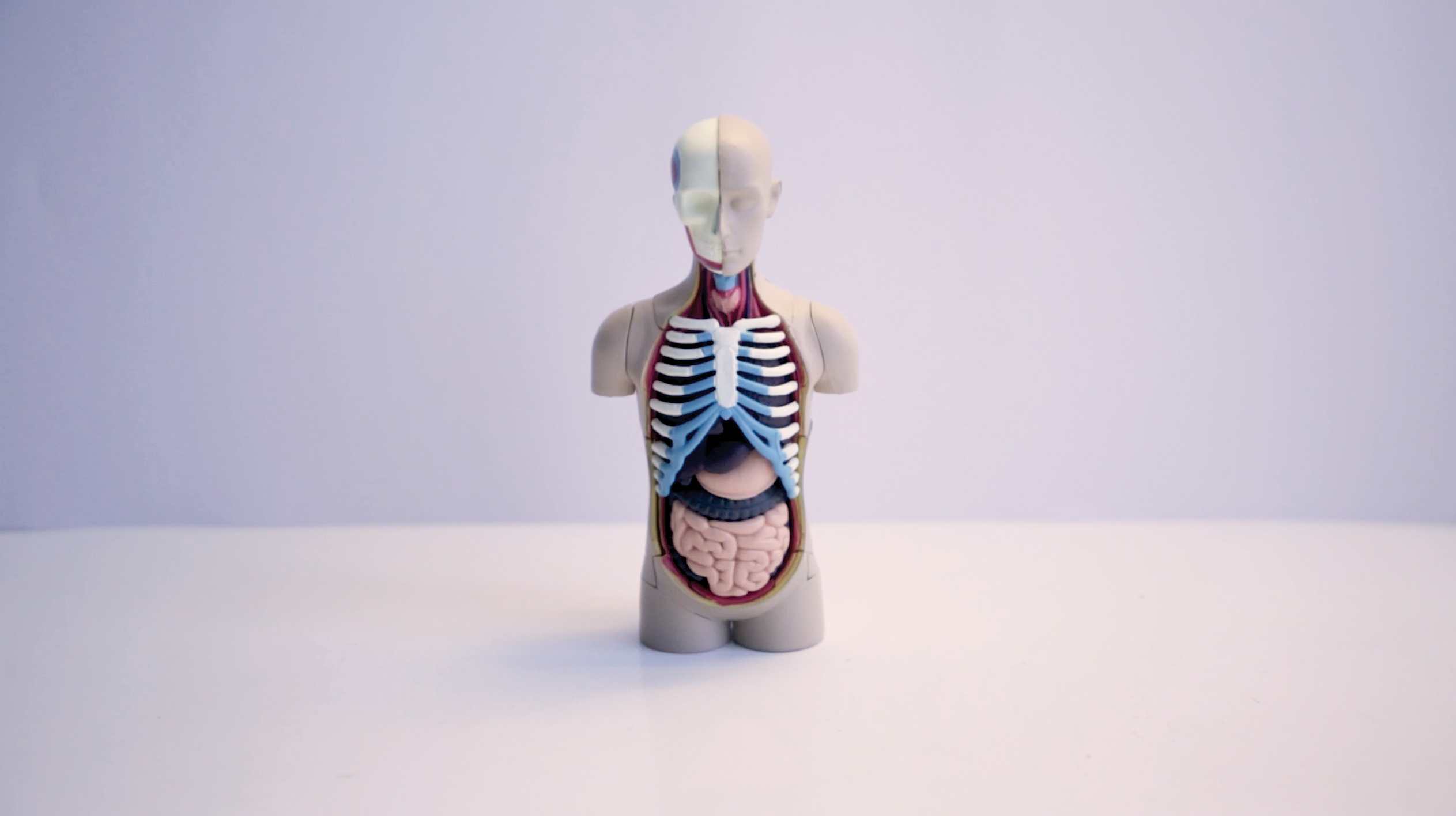
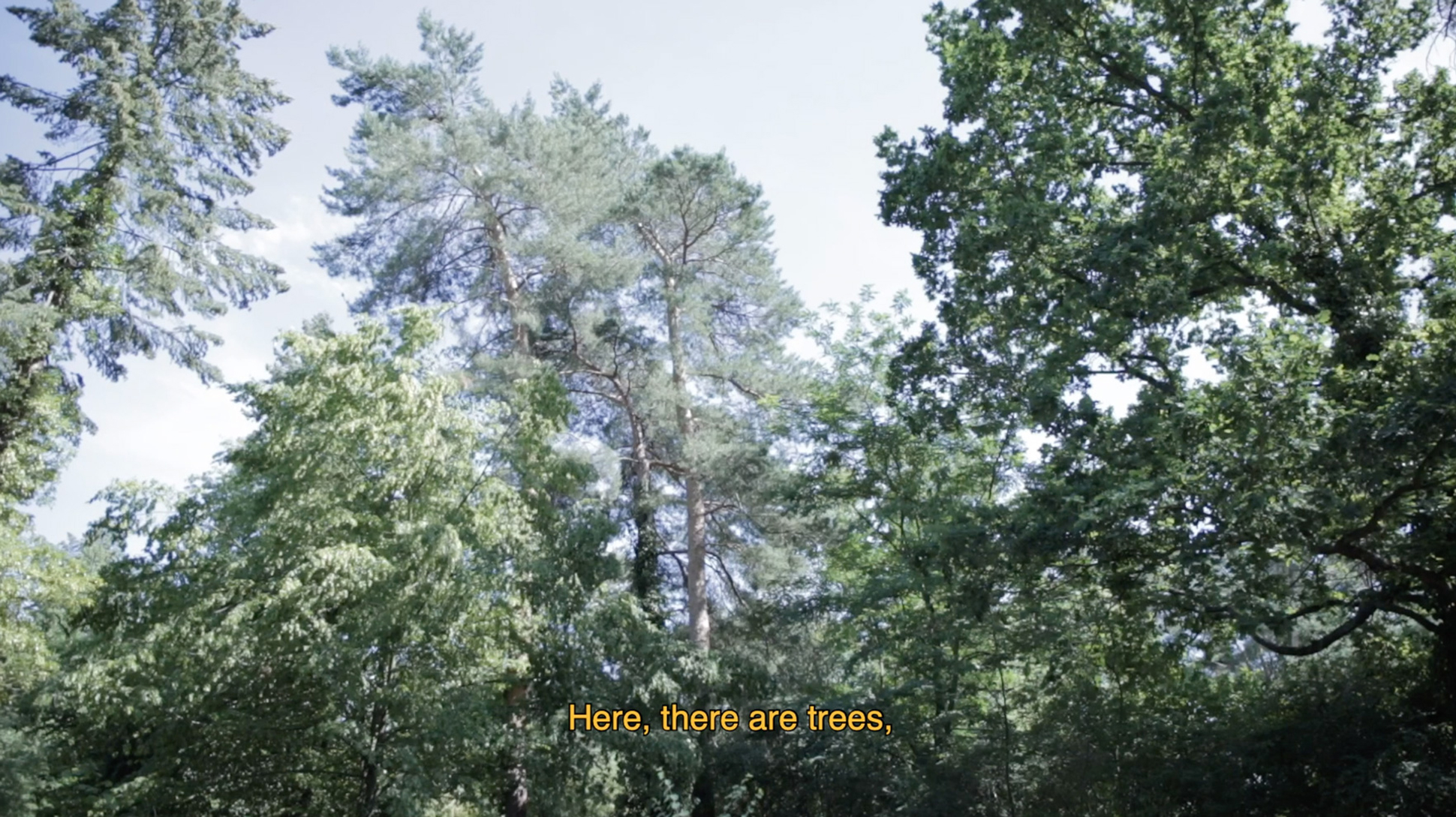
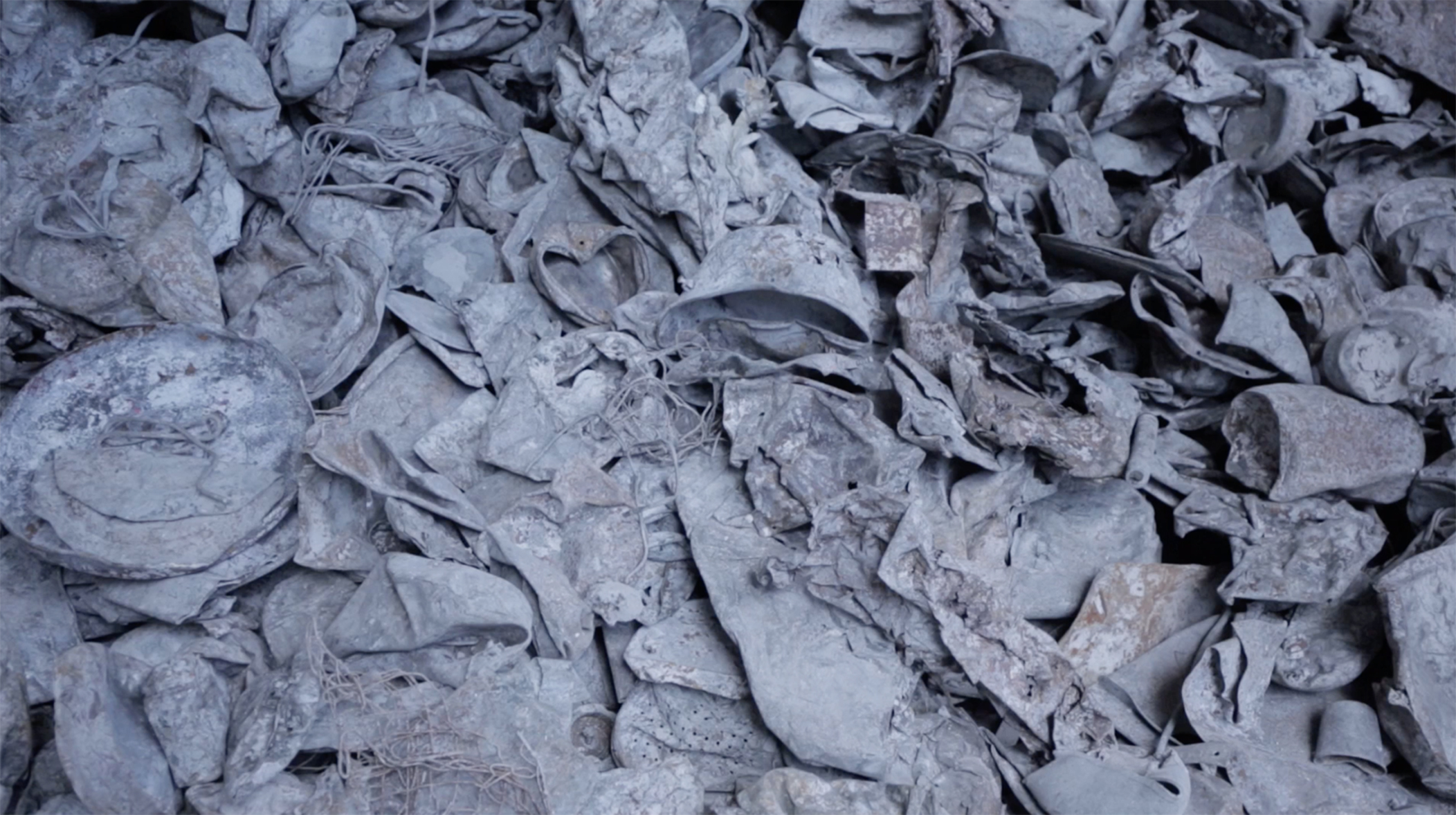
Anthropology of Dead Body, 2019, still
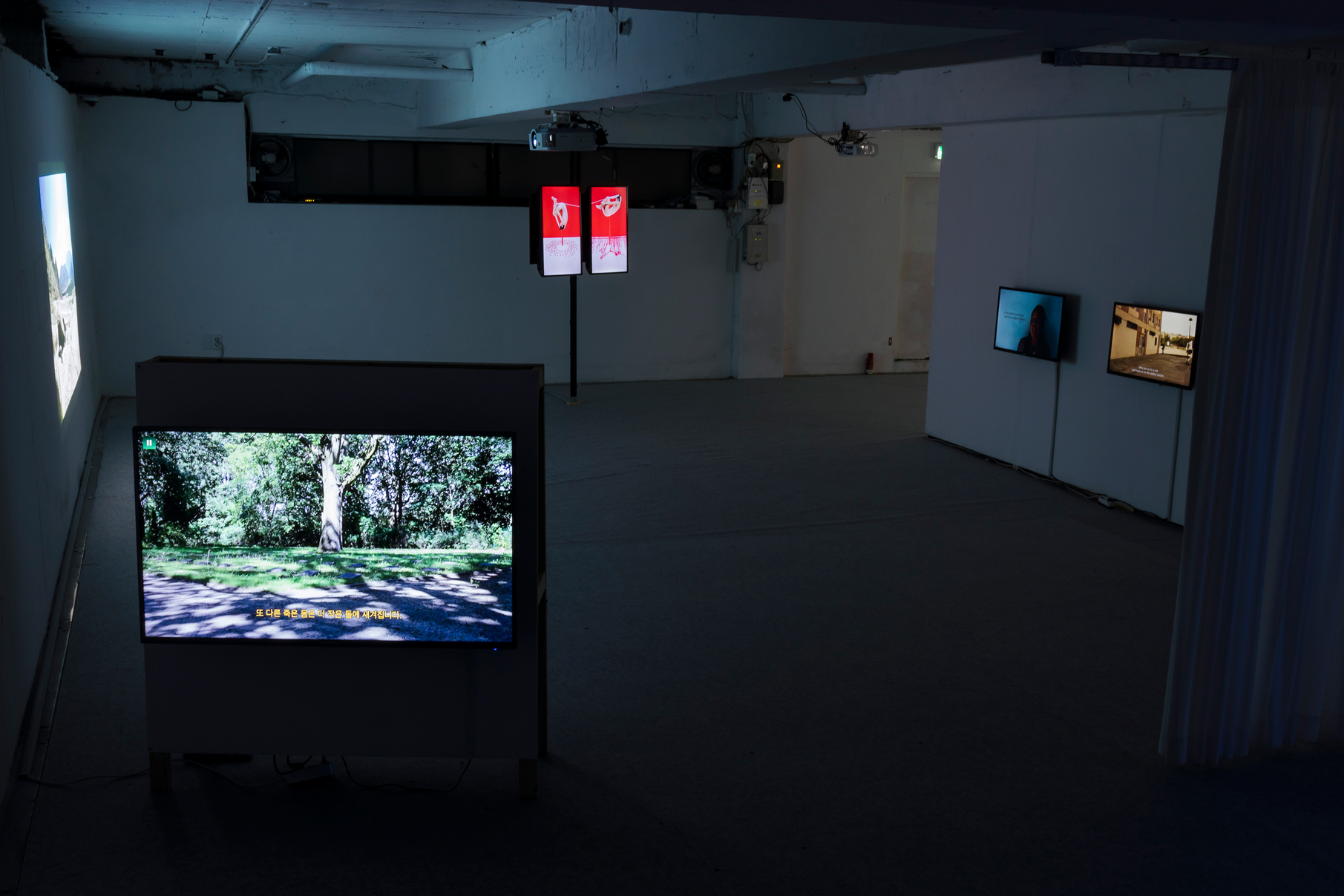

Installation view/ 14th Busan International Video Art Festival
Excerpt 57''
Purgatorio 6
3D printed object(PLA), print on wood, 30x30x140
